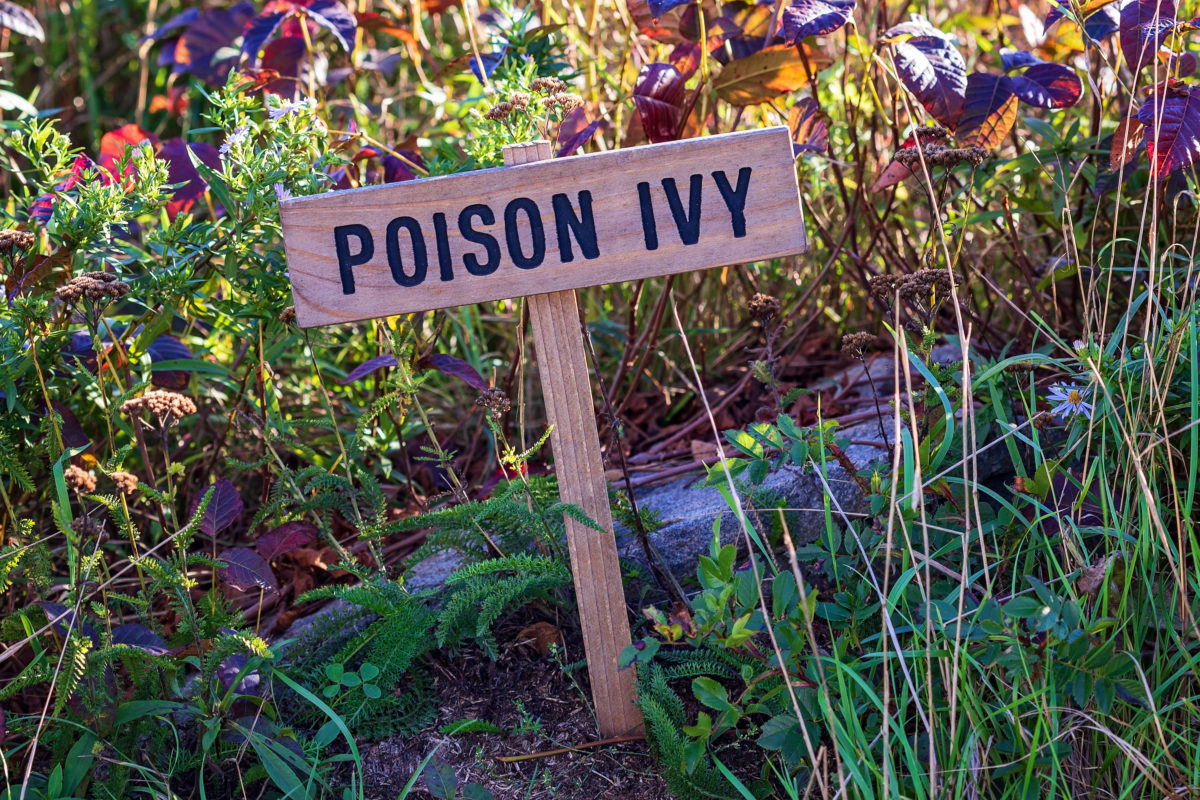Leaves of Three? Let it Be
“Leaves of three, let it be, berries of white, run in fright” Those who’ve needed treatment for a poison ivy rash are not likely to forget the experience and are forever on the lookout for the glossy, three-leafed plants that provoke an allergic reaction in about 85 per cent of the population.
Poison Ivy thrives in sunny areas and in both sandy and rocky terrains. It is also often found on the outskirts of forests. The leaves change colour from a reddish hue in spring to green in summer and a yellow, orange or red in the fall. In June and July, the plants have yellow flowers and in September they bear clusters of white or cream coloured berries. Be particularly cautious in the spring when the tender leaves can be broken quite easily. Hikers should also wear long clothing and stay on the trails.
Exposure to the oil released by Poison Ivy will cause skin inflammation, known as Rhus-dermatitis. Symptoms include persistent itch, rashes, swelling, blisters and sometimes a high temperature and restlessness. If you are suffering from inflammation, expect to be in discomfort for one to three weeks. To ease the itch, soak in a tub filled with cool water. Some over-the-counter treatments, including calamine lotion and oral antihistamines are available. If blisters weep pus, if the rash persists, or if new rashes develop in different areas, a doctor should be consulted. Click to learn how to protect yourself from, or treat the effects of poison ivy.http://wrha.mb.ca/wave/2014/07/summertime-itch.php

